Pennsylvania is delivering a much-needed boost to seniors, low-income households, and disabled residents with a significant expansion of its Property Tax/Rent Rebate (PTRR) program. After nearly two decades of limited adjustments, the program now offers more substantial financial relief, broader eligibility, and inflation-protected benefits for the future. This change marks a pivotal moment for thousands of residents across cities like Philadelphia, Pittsburgh, Erie, Allentown, Scranton, and the more rural regions of the Commonwealth.
With new income limits, larger rebates, and a simplified application process, the expanded program provides timely assistance to those hardest hit by rising housing costs. Let’s take a deep dive into what’s changed, who benefits, and how this transformation is making a real difference across Pennsylvania.
Major Updates to the Program
The PTRR program had remained mostly unchanged since 2006, even as housing costs soared and inflation pushed many seniors and renters just above outdated income limits. Recognizing this mismatch, Pennsylvania lawmakers passed comprehensive reforms to modernize the program and expand access to relief.
The most prominent updates include:
- Higher Income Limits: Income thresholds for both homeowners and renters have increased to $45,000 annually, with automatic yearly adjustments based on the cost of living.
- Larger Rebates: The maximum standard rebate has increased from $650 to $1,000.
- Supplemental Rebates: Residents in high-tax areas like Philadelphia, Pittsburgh, and Scranton can receive additional rebates, raising total relief to as much as $1,500.
- Inflation Indexing: Starting in 2025, income eligibility thresholds will rise annually to keep pace with inflation, protecting applicants from losing benefits due to small cost-of-living increases.
These enhancements not only broaden the scope of the program but also create long-term stability for residents who rely on the rebate year after year.
Who Is Eligible?
The expanded PTRR program is available to several categories of Pennsylvanians, based on age, income, and disability status. Here’s who qualifies:
- Seniors aged 65 or older
- Widows and widowers aged 50 and older
- People with disabilities aged 18 and above
Applicants must be residents of Pennsylvania and have paid rent or property taxes in the previous calendar year. While total household income must not exceed the current annual cap, certain exclusions apply—such as only counting half of Social Security income.
This expansion brings many previously ineligible individuals back into the program. Seniors receiving modest Social Security payments, disabled workers with fixed incomes, and renters in expensive housing markets now qualify when they may have been disqualified in the past.
How Much Can Applicants Receive?
The amount of the rebate depends on income level, with a sliding scale that provides more support to those with the lowest incomes. Here’s a breakdown of the new rebate structure:
- For incomes up to $8,000: Up to $1,000
- For incomes between $8,001 and $15,000: Up to $770
- For incomes between $15,001 and $18,000: Up to $460
- For incomes between $18,001 and $45,000: Up to $380
In certain cities with particularly high property taxes—like Philadelphia, Pittsburgh, and Scranton—additional supplemental rebates may be available. These extra amounts range from $190 to $500, depending on income and how much the resident pays in property taxes relative to their income.
When combined, the base and supplemental rebates can reach as much as $1,500—a significant sum for individuals living on fixed or limited incomes.
Why the Expansion Matters Now
This expansion is arriving at a critical time. Inflation has driven up the cost of everything from groceries to utilities, but housing has become one of the most severe pain points for seniors and low-income families. Property taxes have steadily increased in urban centers, and rents in cities and suburbs alike have hit record highs.
For many fixed-income seniors and people with disabilities, the PTRR rebate is more than a tax refund—it’s survival. It helps cover utility bills, medical expenses, food, and basic home maintenance. The new changes mean that thousands of people who were previously left out now have access to meaningful relief.
The economic benefits also ripple outward. When recipients use rebate funds to pay their bills or buy essential goods, that money circulates back into local businesses and services. It stimulates regional economies in both urban and rural counties.
City-by-City Impact Across Pennsylvania
While the expansion affects the entire state, it’s particularly impactful in cities where the cost of living has risen faster than income.
Philadelphia
As the state’s largest city, Philadelphia has seen sharp increases in property taxes and housing costs. Many elderly homeowners, particularly in gentrifying neighborhoods like Fishtown, South Philadelphia, and West Philly, have struggled to keep up with rising bills. The expanded rebate gives them more room to stay in their homes without cutting back on essentials like medication or food.
Pittsburgh
In Allegheny County, where Pittsburgh is located, retirees in neighborhoods like Squirrel Hill, Brookline, and North Side have long reported high property tax burdens. Renters in Hill District and Homewood are also seeing relief. The combination of standard and supplemental rebates provides significant breathing room for residents facing increasing rent and utility costs.
Erie
In the northwestern part of the state, Erie’s aging population stands to benefit immensely. A large percentage of the city’s residents live on fixed incomes. The rebate expansion helps many avoid slipping into poverty by covering rising home-related expenses.
Scranton
Scranton, like other old industrial cities, has seen property tax hikes over the years. Residents in neighborhoods like South Scranton and Green Ridge now have additional financial tools to manage these costs. Supplemental rebates in Scranton can add hundreds more to base rebate amounts.
Reading, Lancaster, Allentown
These growing cities have become home to an increasing number of retirees and low-income households. Many live in mixed housing arrangements and are especially affected by the cost of rent. Rebates provide crucial support for working seniors, widows, and widowers managing expenses in the face of economic uncertainty.
Rural Counties
In rural counties such as Bedford, Juniata, Sullivan, and Tioga, residents often face different economic challenges, including limited access to services and higher transportation costs. For seniors in these regions, every dollar counts. The rebate helps many remain in their homes without relying on other forms of assistance.
The Application Process Made Easier
One major improvement to the program is the simplified application process. Residents can apply in three main ways:
- Online through Pennsylvania’s official myPATH portal
- By mail using a standardized form available through state offices or libraries
- In person with help from senior centers, area agencies on aging, or local government offices
The online portal has been streamlined to make the process easier, particularly for first-time filers. It also allows applicants to check the status of their rebate and opt for direct deposit to receive payments faster.
For those who are not comfortable with digital platforms, community support is widely available. Many senior centers, libraries, and local advocacy groups hold dedicated “Rebate Assistance Days” where trained staff help with paperwork and documentation.
Important Deadlines
Originally, the deadline for the PTRR application was June 30 each year. However, the state has extended the deadline to December 31, giving applicants more time to file. This extended timeline is especially helpful for first-time filers or those who are waiting on assistance or documentation.
Payments typically begin in July for those who file early, but even late applicants will receive their full rebate if they submit their forms before the year-end deadline.
Stories from Real People
Behind the numbers are the stories of real Pennsylvanians whose lives are changing because of this program.
In Pittsburgh, a retired bus driver shared that his rebate helped him afford a new water heater after his old one failed during the winter. In Allentown, a widowed grandmother was able to use her rebate to buy school supplies and clothing for her grandchildren. In rural Potter County, an elderly couple on a small pension used the rebate to repair their roof before another snowstorm hit.
These stories echo a common sentiment: the rebate isn’t just financial assistance—it’s dignity, independence, and peace of mind.
Broader Economic Benefits
In addition to helping individual households, the expanded PTRR program supports broader economic health across Pennsylvania. By injecting millions of dollars into communities statewide, the program functions as a form of targeted economic stimulus.
Retailers, pharmacies, grocery stores, and local service providers all see benefits when residents have a bit more to spend. In this sense, the rebate program strengthens not just households, but also local economies and small businesses.
It also reduces pressure on other public assistance programs. Seniors who receive adequate housing support are less likely to need emergency aid or Medicaid-funded long-term care services.
Challenges and Next Steps
While the expansion is broadly celebrated, challenges remain. Outreach is a significant hurdle—many eligible seniors and renters simply don’t know they qualify. Others may lack the documentation or assistance they need to complete the process.
To address this, the state has launched outreach campaigns in multiple languages and is partnering with community organizations to ensure access across demographics, including immigrants, veterans, and residents of low-connectivity areas.
As the automatic inflation indexing kicks in, future adjustments will help keep the program responsive to economic conditions. However, advocates continue to push for even greater awareness and additional enhancements—such as faster payments and broader housing cost considerations.
Tips for Applicants
- Apply early to receive your rebate sooner
- Gather all documents before starting: income records, proof of rent or tax payments, ID
- Use direct deposit if possible for faster processing
- Ask for help from local senior centers or your county assistance office
- Check eligibility annually—even if you didn’t qualify last year, changes to income or rebate rules could make you eligible this year
Conclusion
Pennsylvania’s expansion of the Property Tax/Rent Rebate program represents a powerful investment in its people. By modernizing outdated thresholds and increasing the rebate amount, the state is offering meaningful, timely relief to those who need it most.
Whether you’re a retired steelworker in Pittsburgh, a disabled renter in Reading, a widow in Erie, or a senior living quietly in the rolling hills of central Pennsylvania—this rebate is for you. It’s an acknowledgment that after years of paying into the system, you deserve security, stability, and support in your later years.
As awareness spreads and more residents apply, the impact of this expanded program will only continue to grow—creating a stronger, fairer, and more compassionate Commonwealth for all.

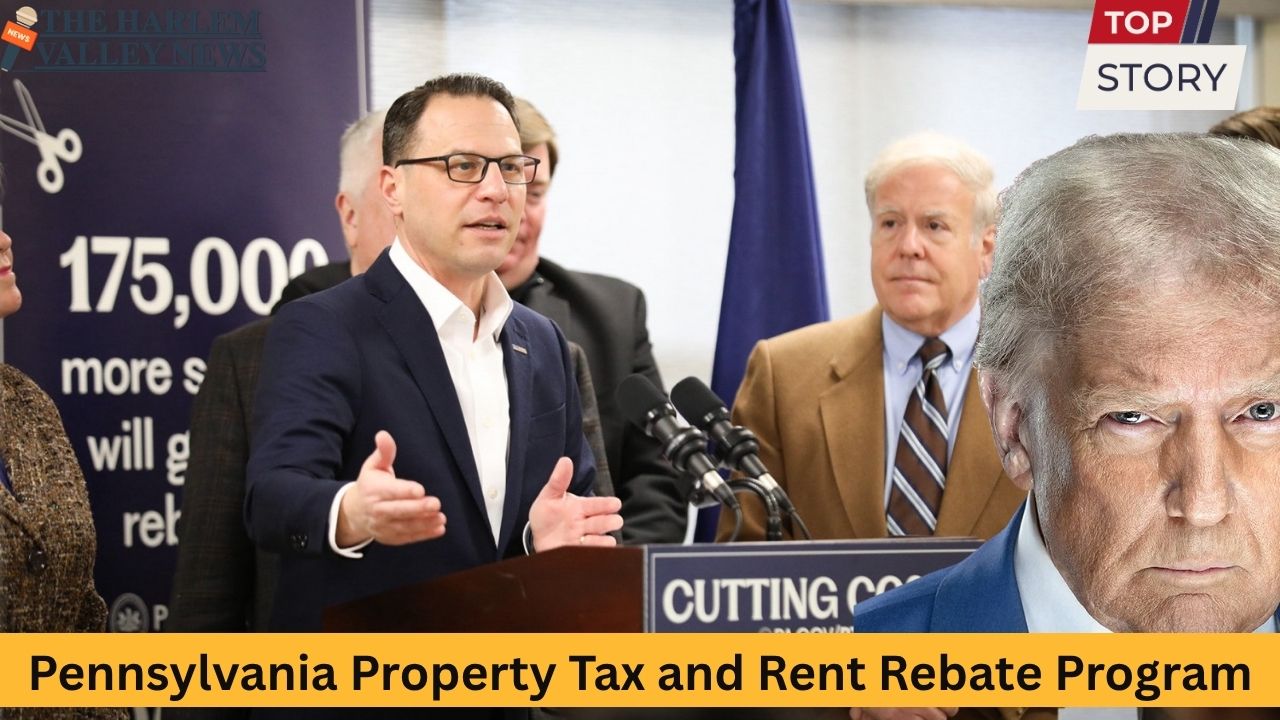



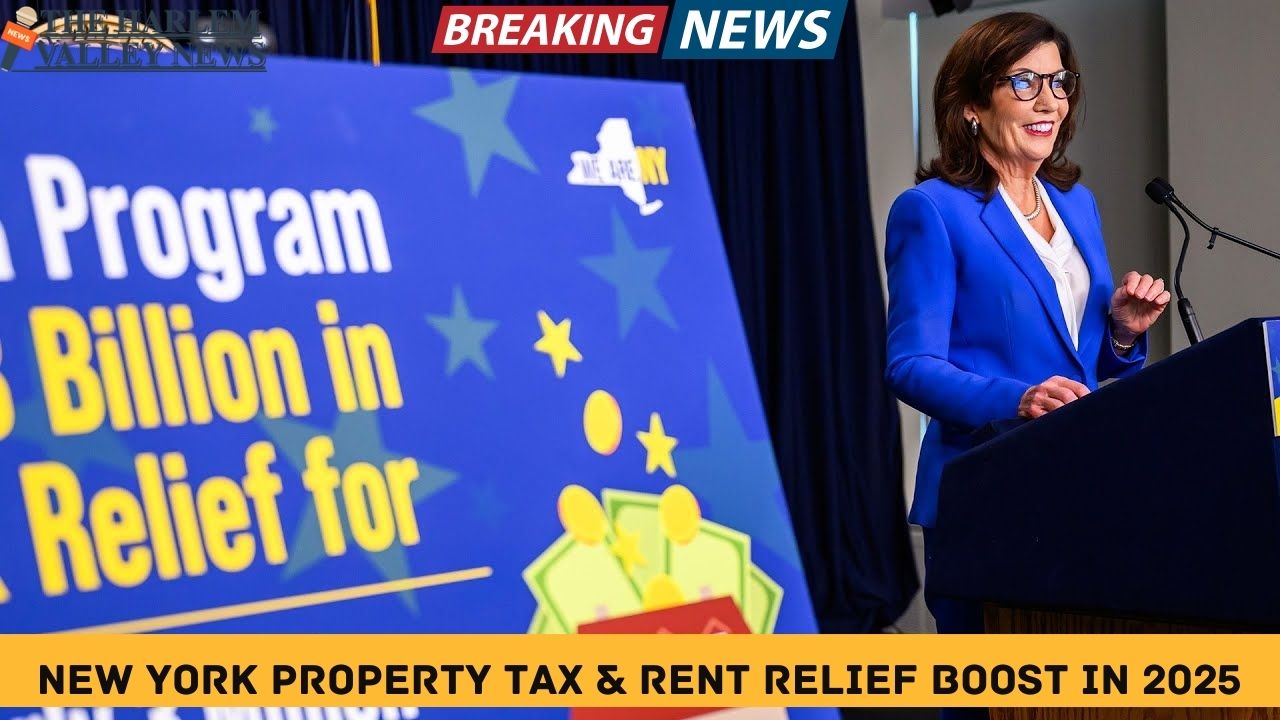


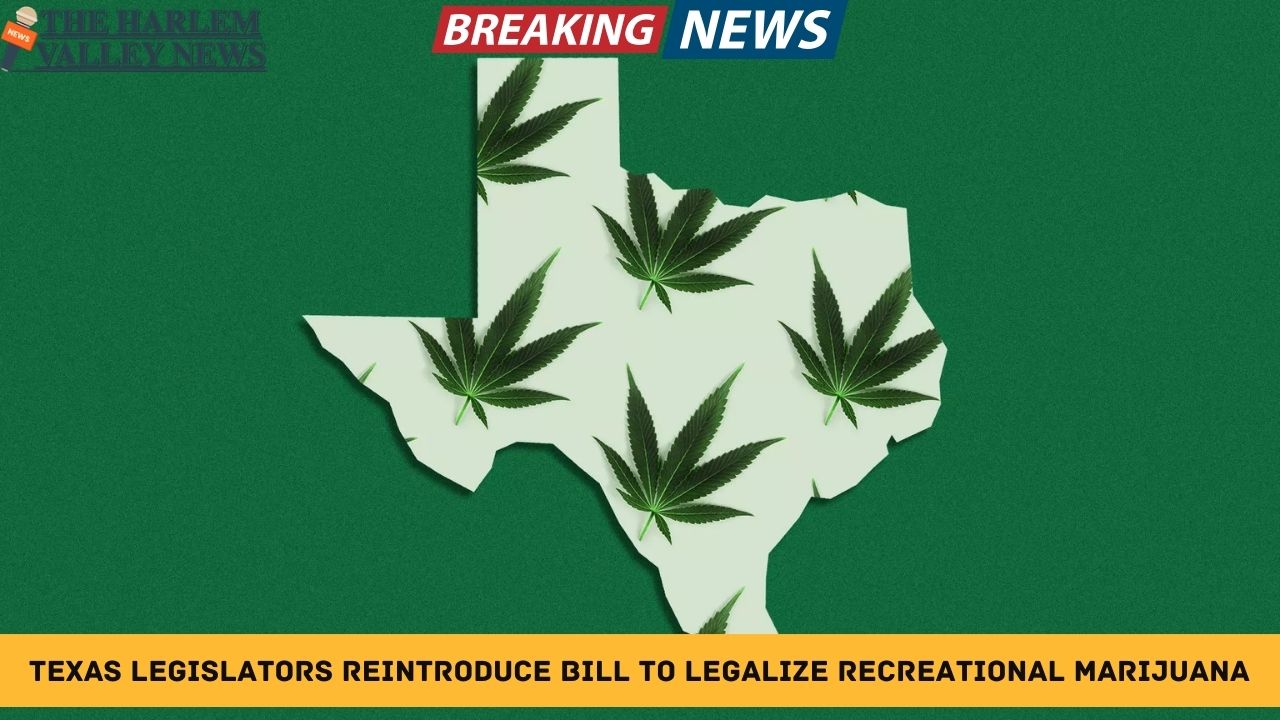
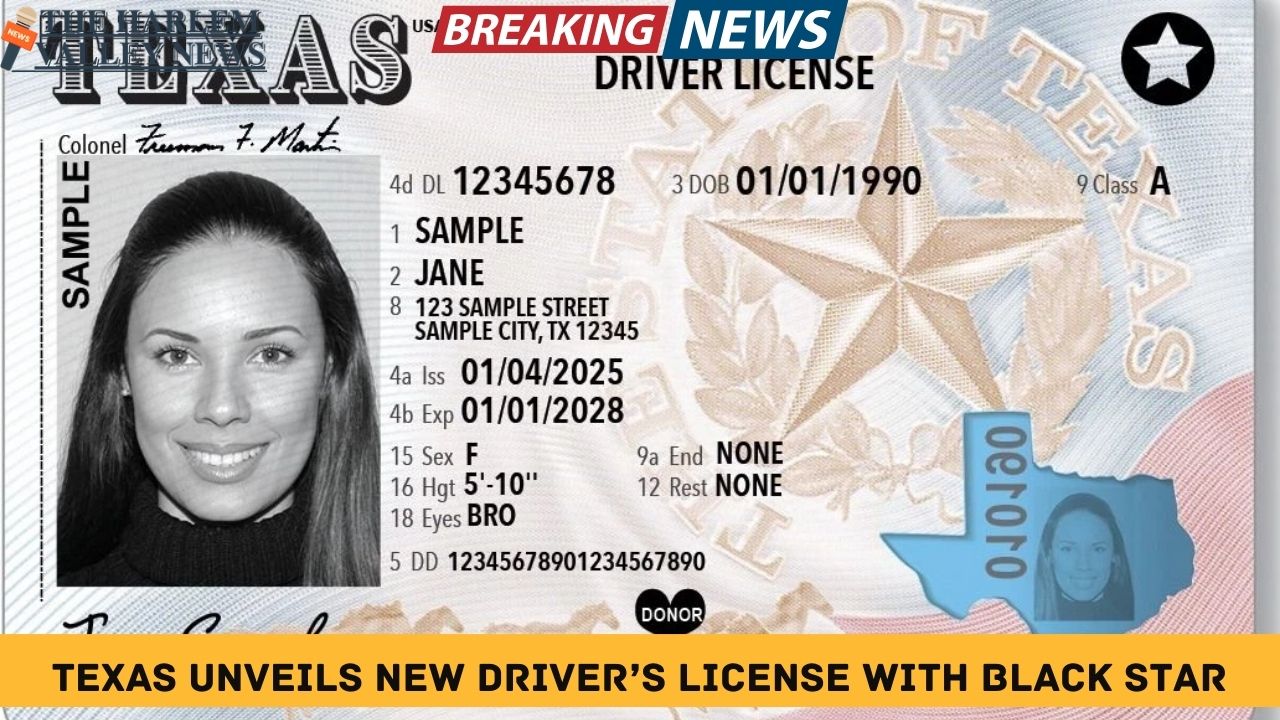

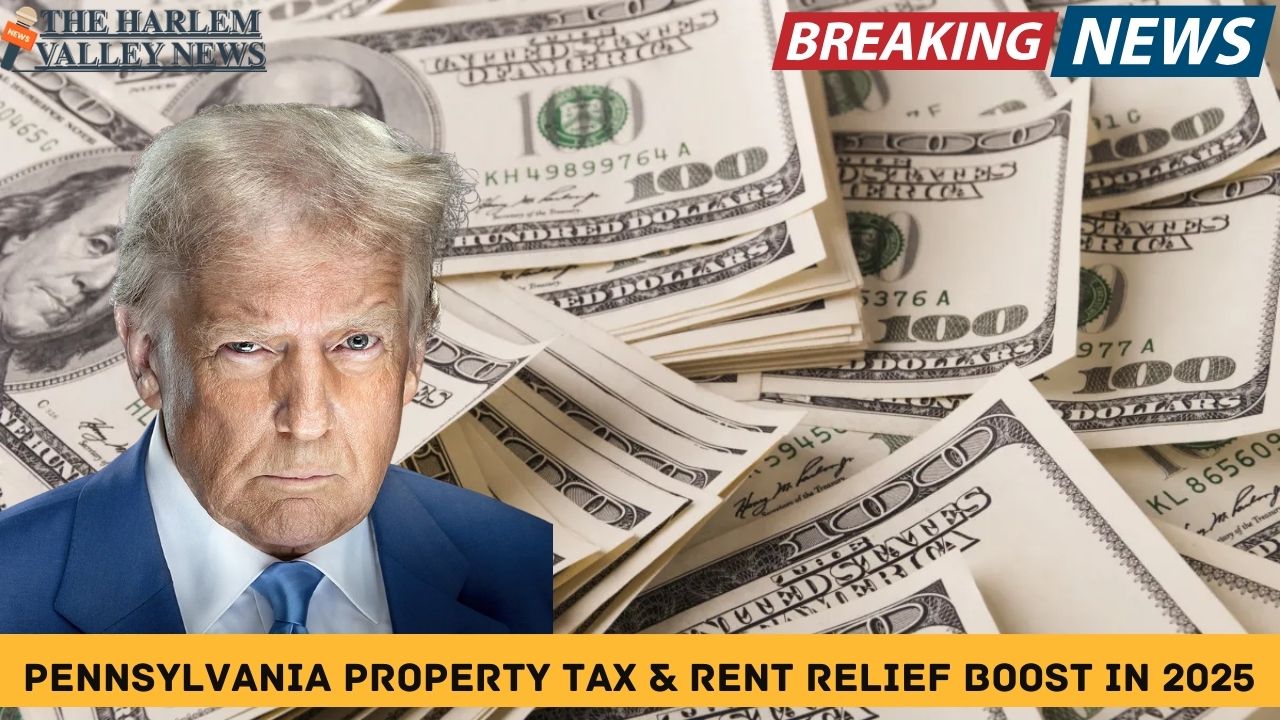


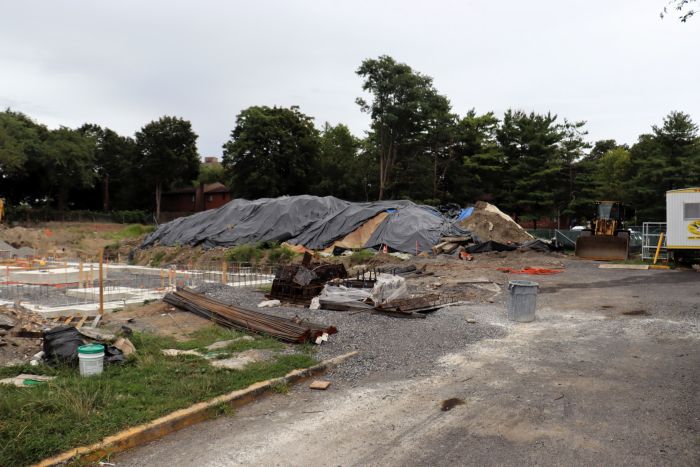
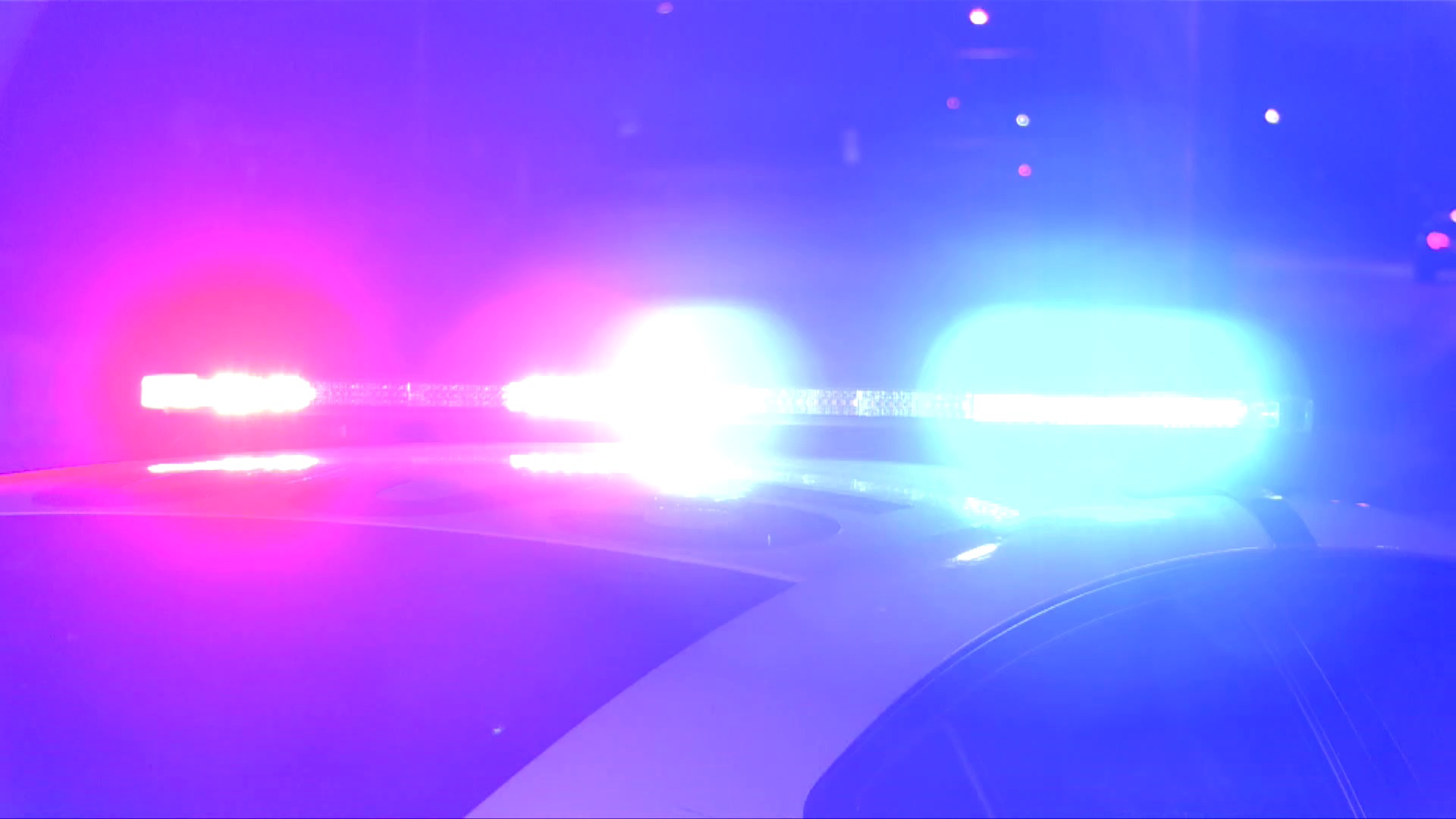
Leave a Reply